Online shopping provides a quick and convenient way to purchase products, and this is especially true for the...
CPAP Nasal Masks for Sleep Apnea
A Nasal Mask channels air directly to the nasal path for patients who have a sleep apnea disorder and require continuous positive airway pressure (CPAP) therapy. Nasal masks are one of three CPAP mask styles that accommodate pressurized air from a CPAP machine to ensure the patient's upper airway remains open during sleep. They are commonly selected by nose breathers who want a smaller footprint, lighter-weight design, and the ability to handle a
Advantages of Sleep Apnea Nasal Masks
- Less Coverage When Users Feel Claustrophobic in a Full Face Mask
- Supports Side Sleeping
- Supports Back Sleeping
- Some Designs Support Stomach Sleepers
- More Comfortable With No Pressure on the Forehead
- Minimal Pressure Points
Product Components
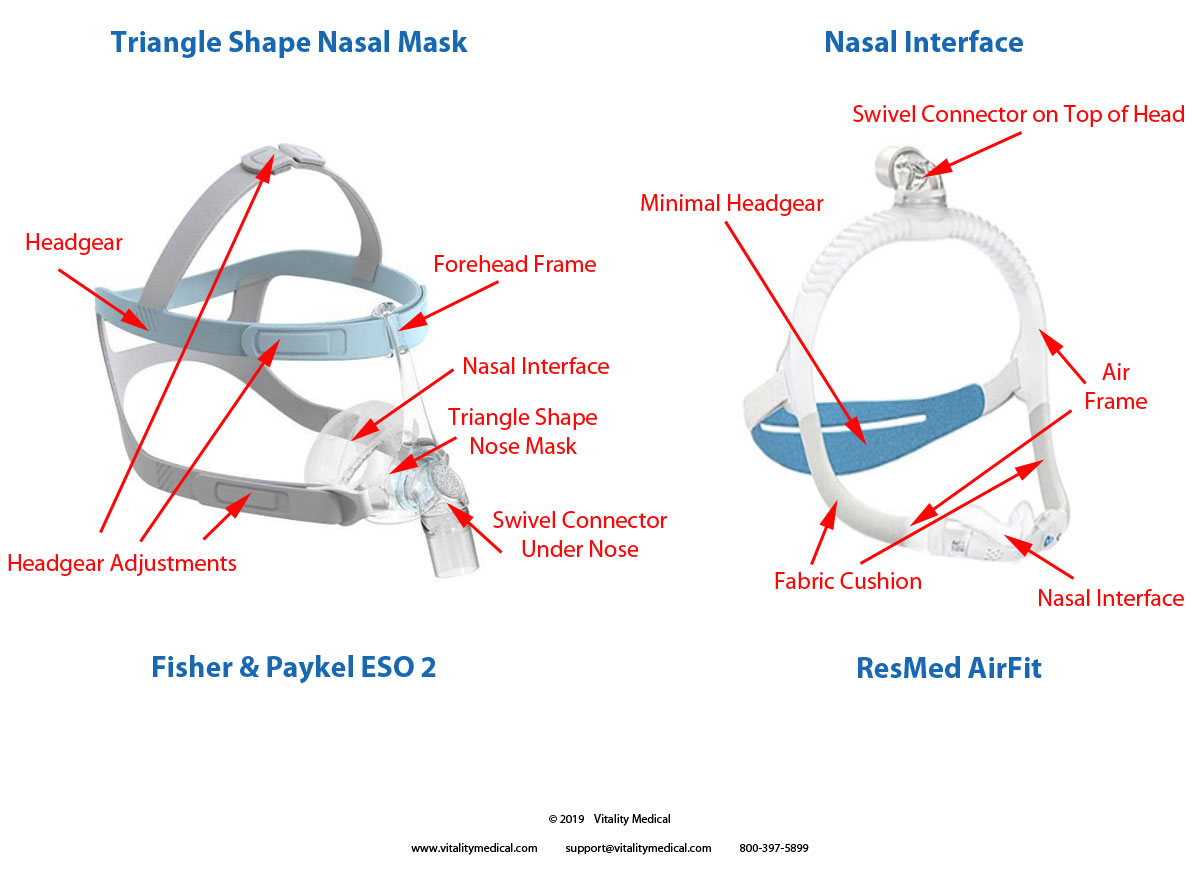
The major components of a nasal mask include the nasal interface, the frame, swivel hose connector, and headgear. There are newer designs with fewer components, but the triangular cup style with the nasal interface is still popular because of its solid and secure seal for CPAP patients. There are other styles below for patients who have sleeping position limitations and/or skin sensitivities.
Nasal Sleep Apnea Mask Styles
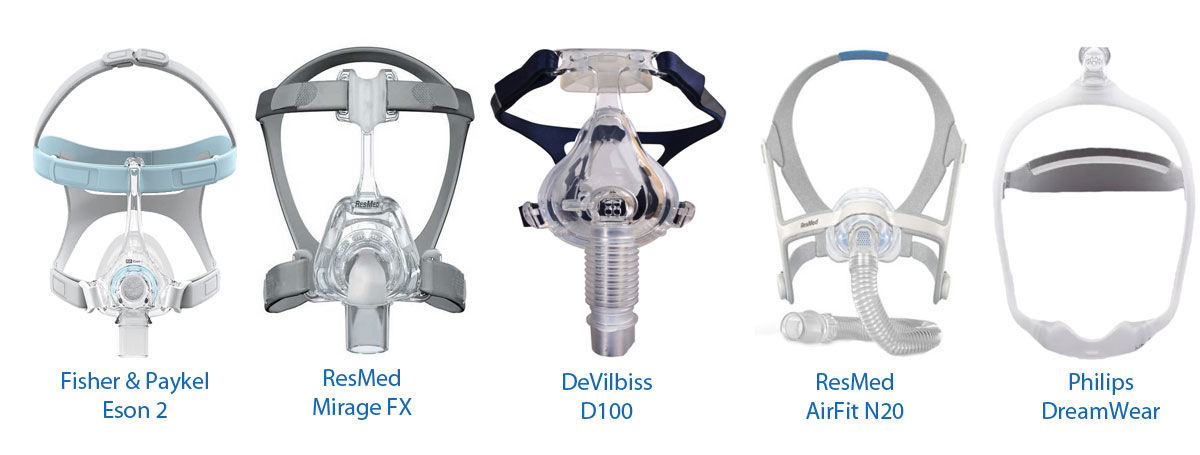
The three types of nasal masks give CPAP patients several options to choose from when selecting the most comfortable mask for their needs. A common design is a traditional nasal cup with headgear which gives ultimate stability and anchoring to the nose. The other options are less intrusive and help patients who have sensitivity to anything touching the forehead.
1. Traditional Nasal Mask
A traditional or triangular-shaped cup supports the headgear to each side of the mask and has a frame that extends to the forehead for additional support. This frame design helps stabilize the mask against the patient's lower nose.
Example:
- ResMed Mirage FX Nasal Mask has four lightweight parts, including headgear. The one-size-fits-all design offers intuitive size adjustment to easily achieve a comfortable fit.
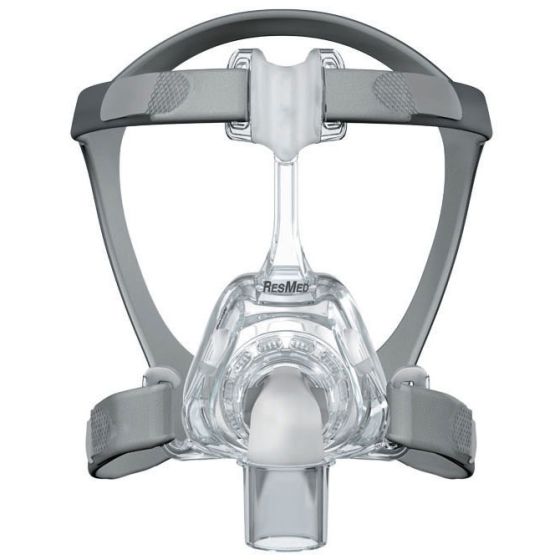
2. Nasal Mask Without a Forehead Frame
This newer design does not employ a frame extension to the forehead. This modification makes the mask a suitable option for CPAP patients who experience sensitivity to anything touching or applying pressure to their foreheads.
Example:
- ResMed Airfit N10 Complete Nasal Mask is a popular design for CPAP users who do not want anything touching or adding pressure to the forehead. This brand includes the nasal mask with headgear size options in small, standard, and wide.
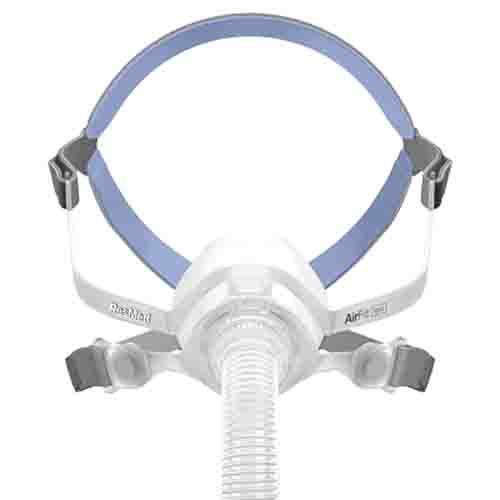
3. Over-the-Head Nasal Mask
This design eliminates the nasal cup to fuse a nasal mask and a nasal pillow mask design. The oxygen tubing goes over the head with nothing touching the forehead to help users who have issues with pressure points at the forehead. The tubing placement with air channeling on both sides of the head allows freedom of movement to accommodate restless sleepers and every sleeping position, including the stomach, side, and back.
Example:
- DreamWear Nasal CPAP Mask is the most minimalistic design option. The top of the head connection makes the mask less intrusive and gives the wearer the ability to move around while sleeping. Best of all, there isn't a nasal cup but a bridge with pillows so that it feels as if there's nothing on the face. The tubing is designed to prevent red marks from forming on the face.
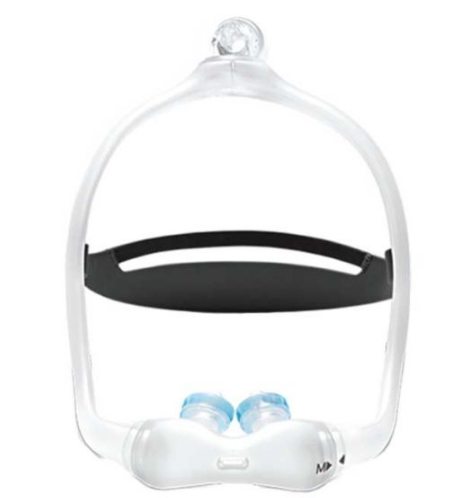
Frequently Asked Questions (FAQs)
Which CPAP systems are compatible with nasal masks?
Nasal masks may be used with any CPAP machine.
What is the best CPAP mask for side sleepers?
Side sleeping is most comfortable while wearing either a nasal mask or a nasal pillow mask.
Can a mouth breather use a nasal CPAP mask?
Yes, mouth breathing patients may wear a nasal mask by purchasing a chinstrap; however, mouth breathing patients are typically more comfortable with a full face mask.
How often should you replace a nasal CPAP mask?
Nasal masks should be replaced every 6 to 12 months. Nasal cushions should be replaced every 3 months.
What is the quietest nasal CPAP mask?
The sound is tied to the seal and quality of the exhalation port. The Mirage Activa LT is designed to disperse air gently and quietly.
Footnotes
- 1 "Cardiorespiratory interaction with continuous positive airway pressure" Journal of Thoracic Disease, 10 Jan. 2018, doi:10.21037/jtd.2018.01.39. Accessed 10 Mar. 2022.
Medical Studies
-
 Reeves-Hoche, Mary Kathryn, et al. "Nasal CPAP: an objective evaluation of patient compliance." American journal of respiratory and critical care medicine 149.1 (1994): 149-154. Accessed 10 Mar. 2022
Reeves-Hoche, Mary Kathryn, et al. "Nasal CPAP: an objective evaluation of patient compliance." American journal of respiratory and critical care medicine 149.1 (1994): 149-154. Accessed 10 Mar. 2022 -
 Waters, Karen A., et al. "Obstructive sleep apnea: the use of nasal CPAP in 80 children." American journal of respiratory and critical care medicine, 152.2 (1995): 780-785. Accessed 10 Mar. 2022
Waters, Karen A., et al. "Obstructive sleep apnea: the use of nasal CPAP in 80 children." American journal of respiratory and critical care medicine, 152.2 (1995): 780-785. Accessed 10 Mar. 2022 -
 Sanders, Mark H., et al. "Patient compliance with nasal CPAP therapy for sleep apnea." Chest, 90.3 (1986): 330-333. Accessed 10 Mar. 2022
Sanders, Mark H., et al. "Patient compliance with nasal CPAP therapy for sleep apnea." Chest, 90.3 (1986): 330-333. Accessed 10 Mar. 2022


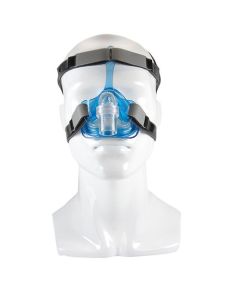

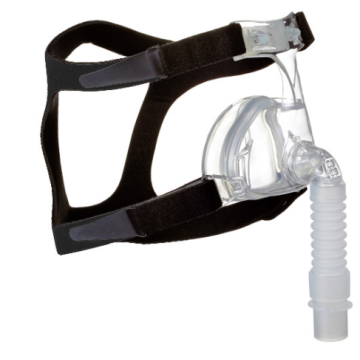
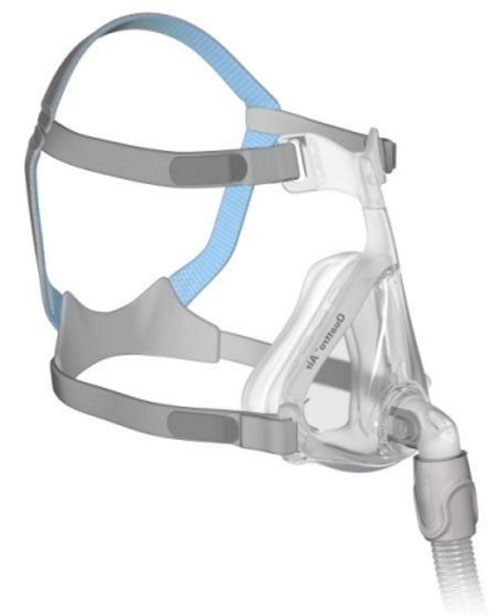
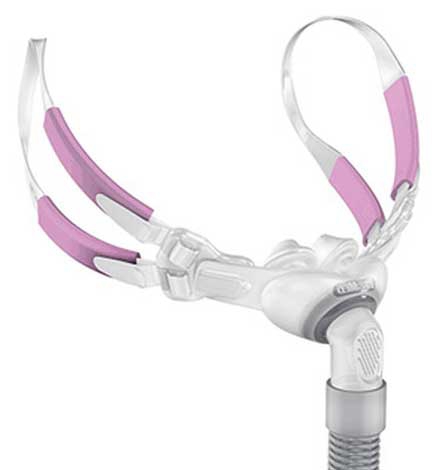
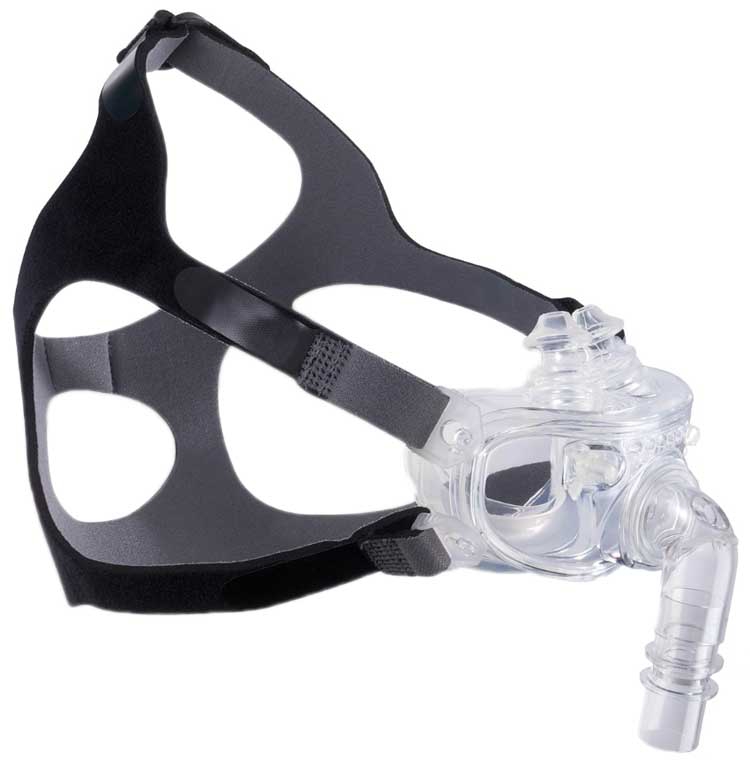
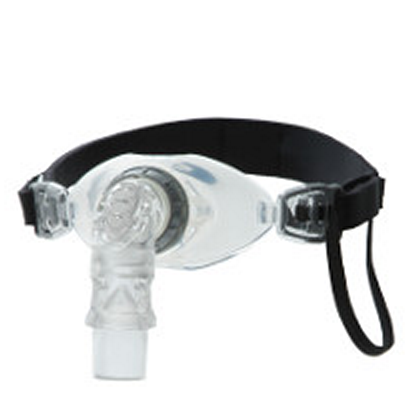

Login and Registration Form